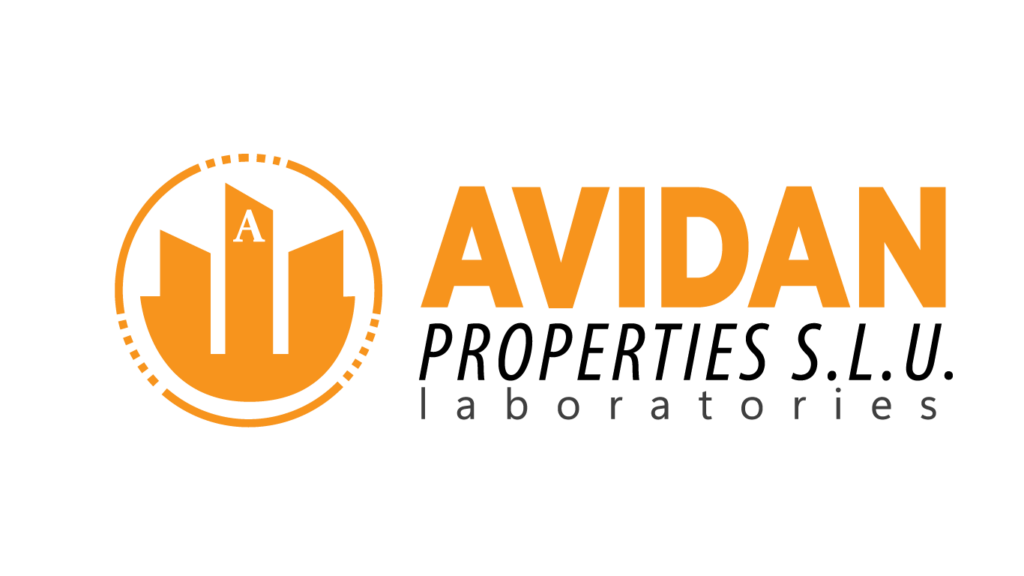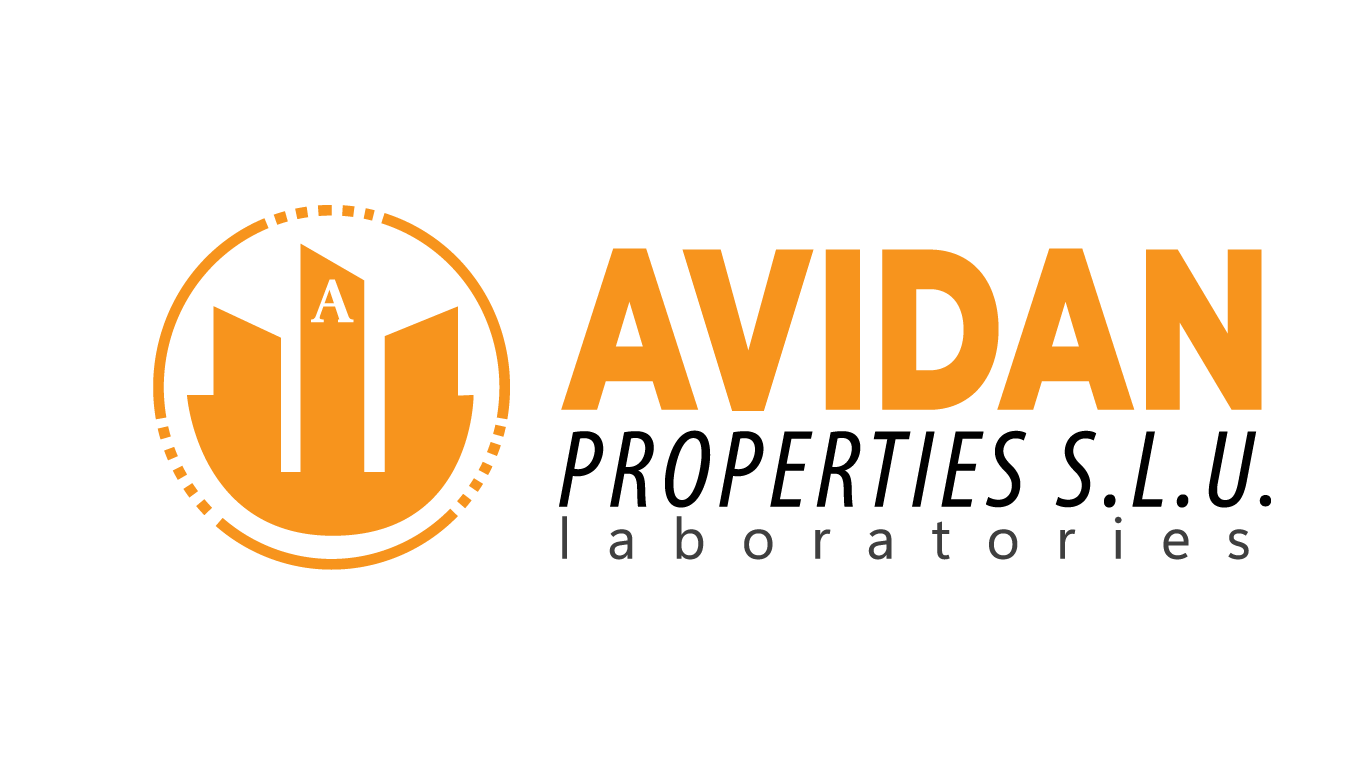
The Avidan Laboratories The beauty industry has seen explosive growth over the past decade, not only in terms of consumer demand, but also in the variety and innovation of products offered. For aspiring entrepreneurs looking to carve a niche in this lucrative market, understanding the role of third-party cosmetics manufacturing could be the cornerstone of a successful brand. This comprehensive guide will explore how leveraging third-party manufacturers can ease your entry into the world of cosmetics, focusing on both strategic advantages and practical considerations.
Understanding Third Party Manufacturing of Cosmetics
Third-party cosmetics manufacturing, also known as private label manufacturing, involves outsourcing the development and production of your cosmetic products to an outside company. These manufacturers provide the experience, resources and technology necessary to produce cosmetics under your brand name. This model has several key advantages:
- Efectivity cost: Starting a cosmetics brand can be financially demanding, with significant upfront costs associated with R&D, ingredient procurement, and establishing production facilities. Outsourced manufacturers assume most of these expenses, allowing you to launch a product with much less initial investment.
- Speed in the market: With the infrastructure already in place, outsourced manufacturers can significantly shorten the time it takes to go from concept to shelf. This quick market entry is crucial in a fast-moving industry where trends can change quickly.
- Access to Expertise: These manufacturers are specialists in the field of cosmetics. They are at the forefront of technology, regulations and market trends, ensuring that your products meet the highest quality standards and are in compliance with all legal requirements.
- Scalability: Whether you're starting small or have ambitions to scale quickly, outsourced manufacturers can adjust production to match your demand. This flexibility is vital to manage growth sustainably without committing resources.
Choosing the Right Manufacturer

Selecting a manufacturer is one of the most critical decisions you will make. Here are the key factors to consider:
- Quality and Compliance: Make sure the manufacturer meets all industry standards for quality and safety. They must also be in compliance with regulations from bodies such as the FDA or the EU EMA, depending on your target market.
- Product Specialization: Some manufacturers specialize in certain types of products (such as organic cosmetics), while others might be better equipped for a broader range. Choose one that aligns with your brand vision.
- Reputation and Reliability: Research their history and read customer testimonials. A reliable manufacturer can significantly reduce the risk of product problems later.
- Scalability and Flexibility: Confirms that the manufacturer can scale production as needed and is willing to adapt to changing requirements.
- Cost structure: Understand all costs involved, including unit production, setup fees, and any potential hidden costs.
Navigating the Development Process
Once you have chosen a manufacturer, the product development phase begins. This process typically involves:
- Conceptualization: Align your vision with market needs to conceptualize a product that meets consumer demands.
- Formulation: Develop the formula for your product, which may take several iterations to perfect.
- Evidence: Rigorous testing to ensure safety and effectiveness, including stability testing, condom effectiveness testing (PET), and performance testing.
- Packaging Design: Create packaging that not only protects the product, but also aligns with your brand aesthetic and appeals to your target demographic.
- Production: Once everything is approved, production begins. Quality checks and compliance checks are critical at this stage.
Marketing Your Brand
With your products manufactured and ready for distribution, your focus should shift to marketing:
- Branding: Develop a strong brand identity that resonates with your target audience. This includes an attractive logo, a memorable brand name, and a captivating online presence.
- Digital marketing: Use social media, content marketing, and digital ads to reach a broader audience. SEO can be particularly effective for driving online traffic.
- Distribution channels: Decide whether to sell directly to consumers online, through retailers, or both. Each channel comes with its own set of challenges and opportunities.
Conclusion
Third-party cosmetics manufacturing offers a feasible and efficient path to enter the beauty industry, especially for new entrepreneurs. By partnering with the right manufacturer and focusing on effective marketing strategies, your brand can not only launch successfully but also maintain growth in this competitive market. Take advantage of the expertise and benefits that outsourced manufacturers bring to the table, and you'll be on your way to establishing a respected and profitable cosmetics brand.
Starting a cosmetics brand is an exciting adventure. With the right partners and a clear understanding of the market, your products could become the next big thing in beauty. Whether you aspire to start small or be a major player, third-party manufacturing is a resource that can help turn your vision into reality.


